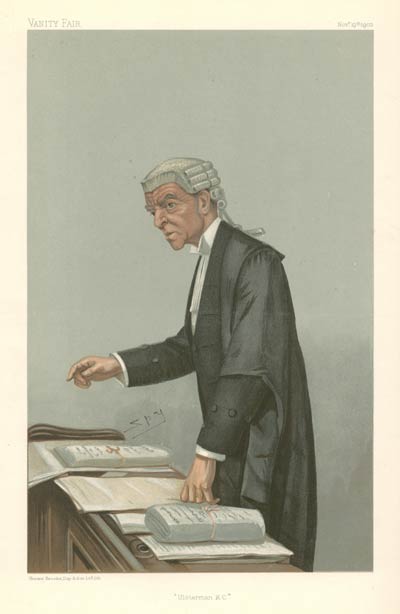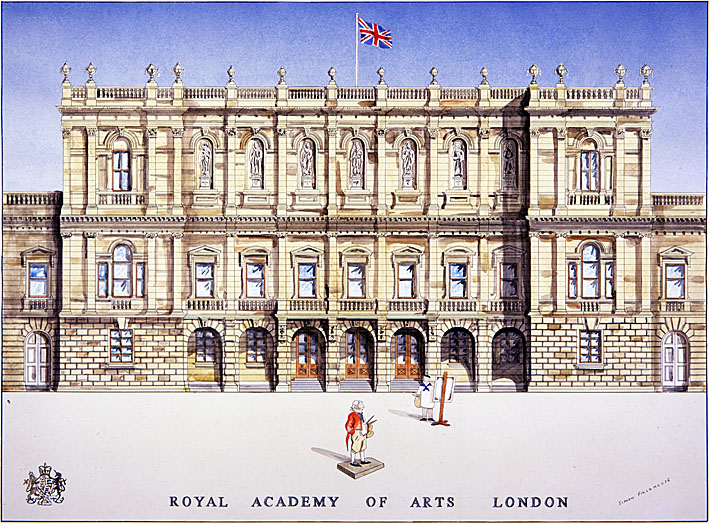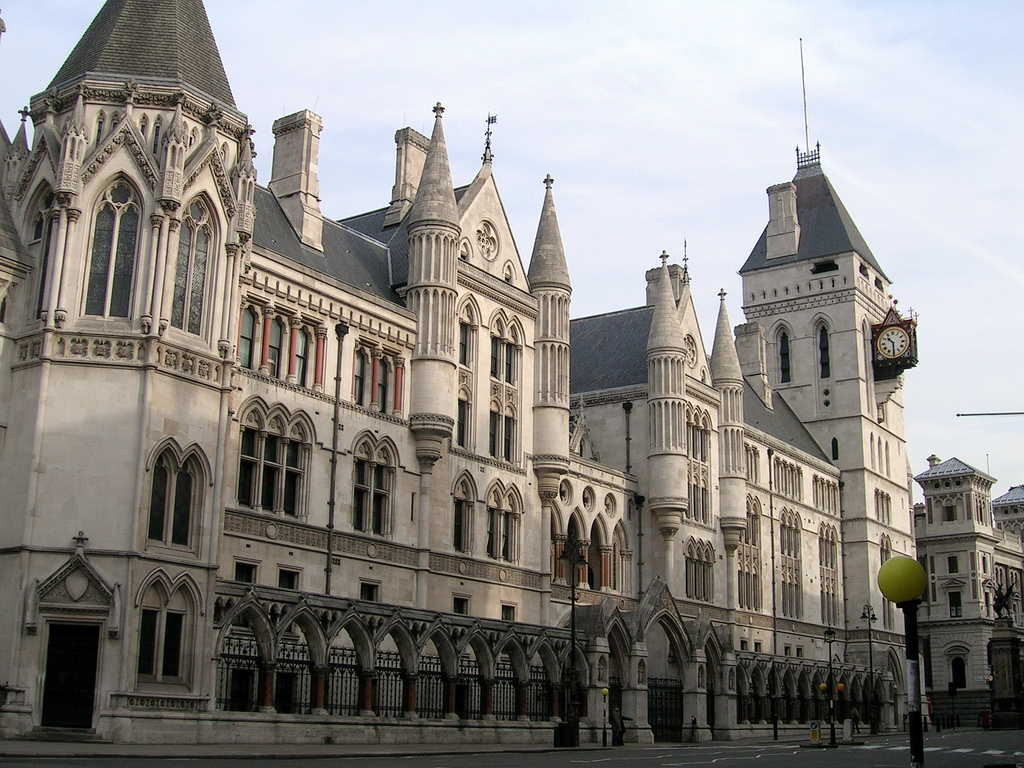|
Edward Pearce, Baron Pearce
Edward Holroyd Pearce, Baron Pearce, (9 February 1901 – 26 November 1990) was a British barrister and judge. He served as a Lord of Appeal in Ordinary from 1962 until 1969. In 1971–72, he chaired the Pearce Commission, which was charged with testing the acceptability of a proposed constitutional settlement in Rhodesia. Early life and career Edward Holroyd Pearce was born in Sidcup in Kent, the eldest child (he was followed by three sisters) of John William Ernest Pearce, headmaster of a preparatory school, and Irene Pearce, ''née'' Chaplin, daughter of daughter of Holroyd Chaplin. He was educated at Charterhouse School and Corpus Christi College, Oxford, of which he was a scholar and where he took a First in Honour Moderations in 1921 and a Third in '' literae humaniores'' in 1923. He was elected an honorary fellow of Corpus Christi in 1950. Called to the bar by Lincoln's Inn and the Middle Temple in 1925, he practiced in the King's Bench and Probate, Di ... [...More Info...] [...Related Items...] OR: [Wikipedia] [Google] [Baidu] |
The Right Honourable
''The Right Honourable'' (abbreviation: The Rt Hon. or variations) is an honorific Style (form of address), style traditionally applied to certain persons and collective bodies in the United Kingdom, the former British Empire, and the Commonwealth of Nations. The term is predominantly used today as a style associated with the holding of certain senior public offices in the United Kingdom, Canada, New Zealand, and, to a lesser extent, Australia. ''Right'' in this context is an adverb meaning 'very' or 'fully'. Grammatically, ''The Right Honourable'' is an adjectival phrase which gives information about a person. As such, it is not considered correct to apply it in direct address, nor to use it on its own as a title in place of a name; but rather it is used in the Grammatical person, third person along with a name or noun to be modified. ''Right'' may be abbreviated to ''Rt'', and ''Honourable'' to ''Hon.'', or both. ''The'' is sometimes dropped in written abbreviated form, but is ... [...More Info...] [...Related Items...] OR: [Wikipedia] [Google] [Baidu] |
Called To The Bar
The call to the bar is a legal term of art in most common law jurisdictions where persons must be qualified to be allowed to argue in court on behalf of another party and are then said to have been "called to the bar" or to have received "call to the bar". "The bar" is now used as a collective noun for barristers, but literally referred to the wooden barrier in old courtrooms, which separated the often crowded public area at the rear from the space near the judges reserved for those having business with the court. Barristers would sit or stand immediately behind it, facing the judge, and could use it as a table for their briefs. Like many other common law terms, the term originated in England in the Middle Ages, and the ''call to the bar'' refers to the summons issued to one found fit to speak at the "bar" of the royal courts. In time, English judges allowed only legally qualified men to address them on the law and later delegated the qualification and admission of barristers to ... [...More Info...] [...Related Items...] OR: [Wikipedia] [Google] [Baidu] |
Queen's Bench Division
The King's Bench Division (or Queen's Bench Division when the monarch is female) of the High Court of Justice deals with a wide range of common law cases and has supervisory responsibility over certain lower courts. It hears appeals on points of law from magistrates' courts and from the Crown Court. These are known as appeals by way of case stated, since the questions of law are considered solely on the basis of the facts found and stated by the authority under review. Specialised courts of the King's Bench Division include the Administrative Court, Technology and Construction Court, Commercial Court, and the Admiralty Court. The specialised judges and procedures of these courts are tailored to their type of business, but they are not essentially different from any other court of the King's Bench Division. Appeals from the High Court in civil matters are made to the Court of Appeal (Civil Division); in criminal matters appeal from the Divisional Court is made only to the S ... [...More Info...] [...Related Items...] OR: [Wikipedia] [Google] [Baidu] |
Knight Bachelor
The title of Knight Bachelor is the basic rank granted to a man who has been knighted by the monarch but not inducted as a member of one of the organised Order of chivalry, orders of chivalry; it is a part of the Orders, decorations, and medals of the United Kingdom, British honours system. Knights Bachelor are the most ancient sort of British knight (the rank existed during the 13th-century reign of Henry III of England, King Henry III), but Knights Bachelor rank below knights of chivalric orders. A man who is knighted is formally addressed as "Sir [First Name] [Surname]" or "Sir [First Name]" and his wife as "Lady [Surname]". The designation "Bachelor" in this context conveys the concept of "junior in rank". Criteria Knighthood is usually conferred for public service; amongst its recipients are all male judges of His Majesty's High Court of Justice in England. It is possible to be a Knight Bachelor and a junior member of an order of chivalry without being a knight of that or ... [...More Info...] [...Related Items...] OR: [Wikipedia] [Google] [Baidu] |
High Court Judge (England And Wales)
A justice of the High Court, commonly known as a High Court judge, is a judge of the High Court of Justice of England and Wales, and represents the third-highest Judiciary of England and Wales, level of judge in the courts of England and Wales. High Court judges are referred to as puisne justices and wear red and black robes. High Court judges do not include the ''ex officio'' judges of the High Court, such as the heads of the divisions. High Court judges rank below Court of Appeal judge (England and Wales), justices of appeal, but above circuit judge (England and Wales), circuit judges. Title and form of address Upon appointment, male High Court judges are appointed Knight Bachelor, Knights Bachelor and female judges made Dame (title), Dames Dame Commander, Commander of the Order of the British Empire. In court, a High Court judge is Judge#England and Wales, addressed as ''My Lord'' or ''Your Lordship'' if male, or as ''My Lady'' or ''Your Ladyship'' if female. High Court judg ... [...More Info...] [...Related Items...] OR: [Wikipedia] [Google] [Baidu] |
Quarter Session
The courts of quarter sessions or quarter sessions were local courts that were traditionally held at four set times each year in the Kingdom of England from 1388; they were extended to Wales following the Laws in Wales Act 1535. Scotland established quarter sessions in the 17th century. Quarter sessions were also established in Ireland and British colonies overseas. Quarter sessions generally sat in the seat of each county and county borough, and in numerous non-county boroughs which were entitled to hold their own quarter sessions, although some of the smaller boroughs lost theirs in 1951; these non-county boroughs were mainly, but not exclusively, ancient boroughs. In 1972, all quarter sessions were abolished in England and Wales with the commencement of the Courts Act 1971, which replaced them and the assizes with a single permanent Crown Court. In Scotland, they survived until 1975, when they were abolished and replaced by district courts and later by justice of the pea ... [...More Info...] [...Related Items...] OR: [Wikipedia] [Google] [Baidu] |
King's Counsel
A King's Counsel (Post-nominal letters, post-nominal initials KC) is a senior lawyer appointed by the monarch (or their Viceroy, viceregal representative) of some Commonwealth realms as a "Counsel learned in the law". When the reigning monarch is a woman, the title is Queen's Counsel (QC). The position originated in England and Wales. Some Commonwealth countries have retained the designation, while others have either abolished the position or renamed it so as to remove monarchical connotations — for example, "Senior Counsel" or "Senior Advocate". Appointment as King's Counsel is an office recognised by courts. Members in the UK have the privilege of sitting within the inner Bar (law), bar of court. As members wear silk gowns of a particular design, appointment as King's Counsel is known informally as ''taking silk'' and KCs are often colloquially called ''silks''. Appointments are made from within the legal profession on the basis of merit and not a particular level of expe ... [...More Info...] [...Related Items...] OR: [Wikipedia] [Google] [Baidu] |
Royal Society Of British Artists
The Royal Society of British Artists (RBA) is a British art body established in 1823 as the Society of British Artists, as an alternative to the Royal Academy. History The RBA commenced with twenty-seven members, and took until 1876 to reach fifty. Artists wishing to resign were required to give three months' notice and pay a fine of £100. The RBA's first two exhibitions were held in 1824, with one or two exhibitions held annually thereafter. The RBA currently has 85 elected members who participate in an annual exhibition currently held at the Mall Galleries in London. The Society's previous gallery was a building designed by John Nash in Suffolk Street. Queen Victoria granted the Society the Royal Charter in 1887. It is one of the nine member societies that form the Federation of British Artists which administers the Mall Galleries, next to Trafalgar Square. Its records from 1823 to 1985 are in the Victoria and Albert Museum The Victoria and Albert Museum (abbreviate ... [...More Info...] [...Related Items...] OR: [Wikipedia] [Google] [Baidu] |
Royal Academy Of Arts
The Royal Academy of Arts (RA) is an art institution based in Burlington House in Piccadilly London, England. Founded in 1768, it has a unique position as an independent, privately funded institution led by eminent artists and architects. Its purpose is to promote the creation, enjoyment and appreciation of the fine arts through exhibitions, education and debate. History The origin of the Royal Academy of Arts lies in an attempt in 1755 by members of the Society for the Encouragement of Arts, Manufactures and Commerce, principally the sculptor Henry Cheere, to found an autonomous academy of arts. Before this, several artists were members of the Society for the Encouragement of Arts, Manufactures and Commerce, including Cheere and William Hogarth, or were involved in small-scale private art academies, such as the St Martin's Lane Academy. Although Cheere's attempt failed, the eventual charter, called an 'Instrument', used to establish the Royal Academy of Arts over a decade ... [...More Info...] [...Related Items...] OR: [Wikipedia] [Google] [Baidu] |
Switzerland
Switzerland, officially the Swiss Confederation, is a landlocked country located in west-central Europe. It is bordered by Italy to the south, France to the west, Germany to the north, and Austria and Liechtenstein to the east. Switzerland is geographically divided among the Swiss Plateau, the Swiss Alps, Alps and the Jura Mountains, Jura; the Alps occupy the greater part of the territory, whereas most of the country's Demographics of Switzerland, 9 million people are concentrated on the plateau, which hosts List of cities in Switzerland, its largest cities and economic centres, including Zurich, Geneva, and Lausanne. Switzerland is a federal republic composed of Cantons of Switzerland, 26 cantons, with federal authorities based in Bern. It has four main linguistic and cultural regions: German, French, Italian and Romansh language, Romansh. Although most Swiss are German-speaking, national identity is fairly cohesive, being rooted in a common historical background, shared ... [...More Info...] [...Related Items...] OR: [Wikipedia] [Google] [Baidu] |
High Court Of Justice
The High Court of Justice in London, known properly as His Majesty's High Court of Justice in England, together with the Court of Appeal (England and Wales), Court of Appeal and the Crown Court, are the Courts of England and Wales, Senior Courts of England and Wales. Its name is abbreviated as EWHC (England and Wales High Court) for legal citation purposes. The High Court deals at Court of first instance, first instance with all high-value and high-importance Civil law (common law), civil law (non-Criminal law, criminal) cases; it also has a supervisory jurisdiction over all subordinate courts and tribunals, with a few statutory exceptions, though there are debates as to whether these exceptions are effective. The High Court consists of three divisions: the King's Bench Division, the #Chancery Division, Chancery Division and the #Family Division, Family Division. Their jurisdictions overlap in some cases, and cases started in one division may be transferred by court order to a ... [...More Info...] [...Related Items...] OR: [Wikipedia] [Google] [Baidu] |
Probate, Divorce And Admiralty Division
The High Court of Justice in London, known properly as His Majesty's High Court of Justice in England, together with the Court of Appeal and the Crown Court, are the Senior Courts of England and Wales. Its name is abbreviated as EWHC (England and Wales High Court) for legal citation purposes. The High Court deals at first instance with all high-value and high-importance civil law (non-criminal) cases; it also has a supervisory jurisdiction over all subordinate courts and tribunals, with a few statutory exceptions, though there are debates as to whether these exceptions are effective. The High Court consists of three divisions: the King's Bench Division, the Chancery Division and the Family Division. Their jurisdictions overlap in some cases, and cases started in one division may be transferred by court order to another where appropriate. The differences of procedure and practice between divisions are partly historical, derived from the separate courts which were merged into t ... [...More Info...] [...Related Items...] OR: [Wikipedia] [Google] [Baidu] |




